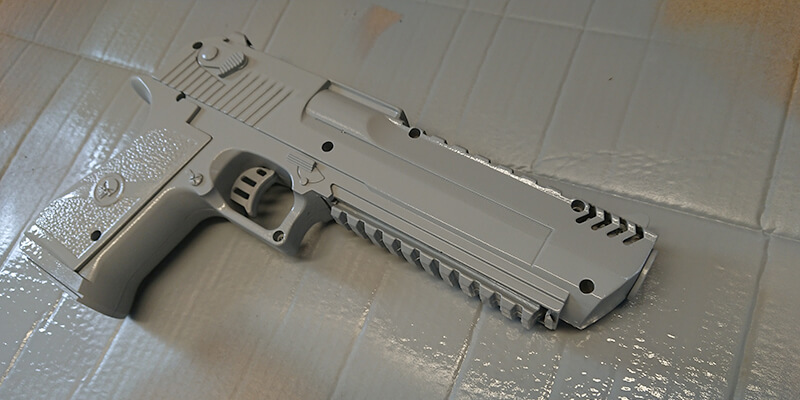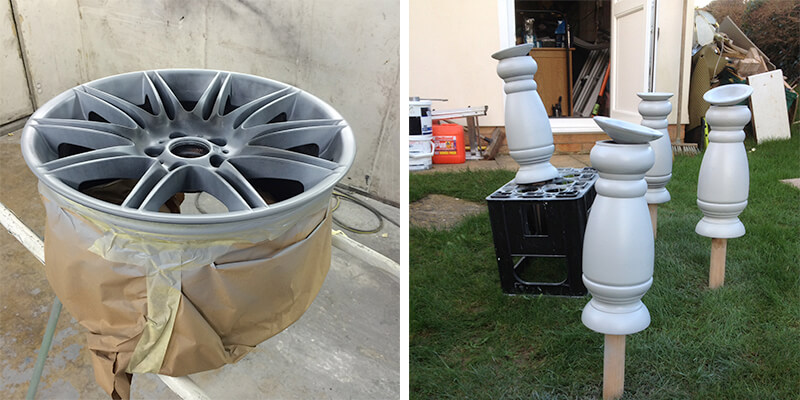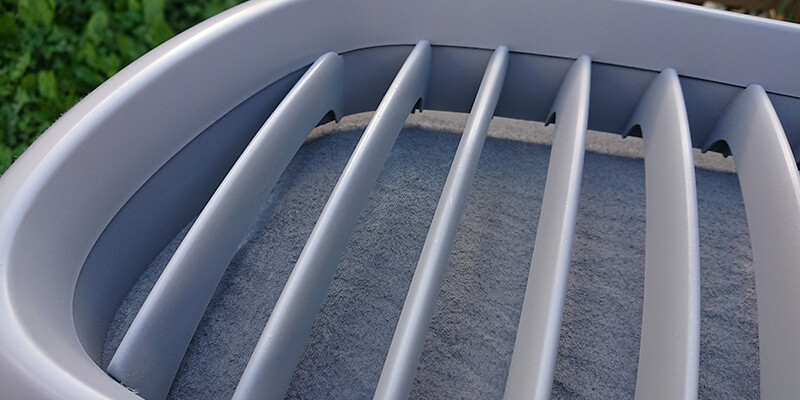Whether you decide to apply a primer before the colour base coat can be a difficult question to answer as everyone’s requirements are different. Paint manufacturers may recommend that you use one or two coats of primer since this supports a better colour base coat. Commonly do-it-yourself painters can’t resist skipping the priming process where possible. This is normally attributed to mood, cost, time and any affinity to painting. After all, priming can feel like a wasted effort. Priming shouldn’t be as much work as laying down the base colour coat; after all, you are just covering the substrate, not actually painting the same coat as the base coat.

Why should I use a Primer?
Predominantly primer is designed to provide a stable surface that subsequent paint layers can lock onto. Primer paints also help to hide surface stains and potentially barrier any existing surfaces. A surface’s porosity is the condition that most often warrants the use of primer paint. When the surface is porous, too much of the paint will draw into the surface. The opposite is also true. When the surface is too flat/slick and glossy, any adhesion can be difficult because the paint bodies do not have a suitable substrate to adhere to. Primer paint can also be invaluable for covering up minor stains. Priming allows the colour coat to do its job of providing beautiful colours instead of attempting to cover up stains. It’s worth noting if you intend to paint a light or fluorescent top coat, it is always worth using a white primer for the ground coat. You can never go wrong with priming so long as you take your time with application and drying. If you’re not confident about the condition of the substrate prior to painting, then the obvious choice is to prime it.
Keying the surface
Keying a surface, just means to lightly sand the surface. A Glossy generally does not hold paint well. Key the substrate with some fine sandpaper or some grey or red scotch-brite, then apply a coat or two of primer, this will help the base coat stick. Even if you decide not to scuff that glossy sheen, using primer will still assist in subsequent coats sticking. When painting apply a dust (or drop) coat (a very fine mist coat) which barely covers the substrate. As soon as the drop coat starts to dry apply a “wet coat” (a thicker, more substantial coat). If you apply a thorough enough coat, you shouldn’t need to prime again. It’s worth giving the proper consideration to drying times. The thinner the coat, the less time it will take. However, the thicker the coat, the longer it will take to dry. If the substrate hasn’t fully cured with the primer coat, this can be damaging to the base coat and top coat. It will create a soft and flexible finish, which may require re-starting the project from scratch.

Do I always need to apply a Primer?
Some substrates don’t always need priming, dependant on what kind of outcome you require. Normally “touch up” painting is only smaller sections which can be blended in with a base coat and be reapplied where necessary in the future. Powder coated surfaces are common for this, and an acrylic based top coat would be suggested.
Can a Primer paint eliminate the need to apply a top coat?
Some custom Primers are thicker than regular primer paint. Custom HD primers build up a higher and thicker coat than regular primers. We would always suggest using a separate primer to paint, but if the substrates are in good enough condition, you can use a High-Density primer paint. Self-priming paint is not a miracle cure that you may be wishing for. Laying down too thick a primer paint coat can make for a weaker coat that takes longer to dry, but on certain occasions, it may be all you require. Again, a lot of this will depend on the outcome you are hoping for.
How long should I leave the primer to dry for?
Primers we sell can be touch dry within 40 minutes and ready to paint within 2 hours, but it’s worth leaving overnight at room temperature if you have the opportunity.
If you would like to find out more about the primers we have to offer, why not take a look at our Primers Page.





